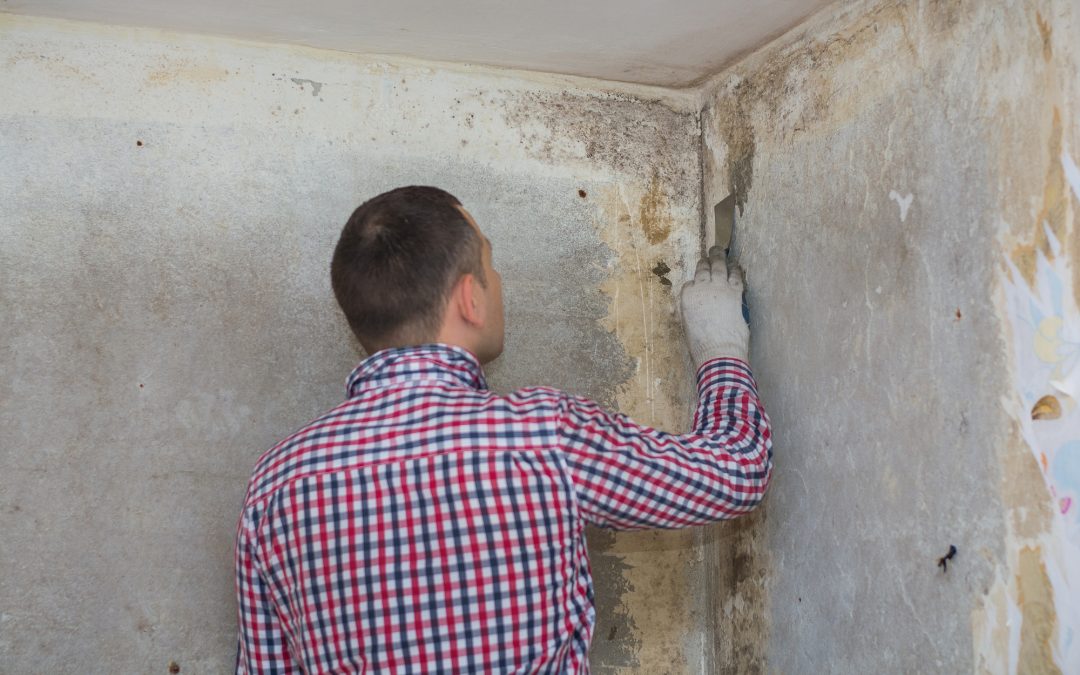Ensuring Post Remediation Verification Accuracy
Ensuring Post Remediation Verification Accuracy
Blog Article
Expert Tips for Post Mold And Mildew Removal Success
In the realm of mold remediation, successfully getting rid of mold is only half the fight; the true challenge lies in preventing its reappearance. By adhering to experienced ideas and finest methods, people can secure their areas against mold revival and maintain a healthy and balanced interior setting.
Display Humidity Levels On A Regular Basis
After finishing mold removal treatments, preserving ideal moisture levels is vital to avoid mold re-growth and guarantee a healthy and balanced indoor atmosphere. High moisture levels above 60% develop a conducive environment for mold and mildew to thrive, making routine checking a proactive procedure to prevent any future mold problems.
Making use of hygrometers or dampness meters can assist in precisely measuring moisture degrees in different areas of the home. These devices supply real-time information that makes it possible for remediation specialists to make informed decisions concerning ventilation, dehumidification, and various other necessary actions to maintain optimal moisture degrees post-remediation. Furthermore, developing a regular timetable for moisture checks, specifically in high-risk locations such as washrooms, cooking areas, and cellars, is an aggressive technique to mold and mildew avoidance. By consistently keeping an eye on humidity degrees, building proprietors can efficiently reduce the danger of mold reoccurrence and preserve a healthy and balanced indoor environment post-remediation.
Conduct Thorough Inspections Post-Remediation
Complying with the conclusion of mold and mildew removal procedures, it is crucial to conduct comprehensive inspections to validate the effectiveness of the remediation procedure. These post-remediation examinations are vital in ensuring that the mold and mildew problem has actually been successfully attended to and that there is no recurrence or staying mold and mildew growth. Assessments need to be accomplished by certified specialists who have expertise in determining mold and assessing interior air top quality.
Throughout these inspections, various approaches such as visual assessments, air sampling, and surface tasting might be used to thoroughly assess the remediated locations. Aesthetic evaluations include a thorough assessment of the properties to look for any kind of noticeable signs of mold and mildew development or water damages. Air tasting assists in figuring out the airborne mold spore levels, while surface tasting can detect mold particles on surfaces.
Implement Appropriate Air Flow Methods
After guaranteeing the performance of the mold removal procedure through extensive examinations, the next important step is to concentrate on executing proper ventilation methods. Sufficient air flow is necessary in preventing mold and mildew reoccurrence by managing dampness levels and promoting air blood circulation.
Appropriate air flow not just help in avoiding mold and mildew growth but additionally contributes to the general wellness and comfort of residents. By ensuring sufficient ventilation throughout the residential or commercial property, you can lower the risk of mold regrowth and produce a much healthier living environment. Routine maintenance of air flow systems, consisting of cleaning and filter substitutes, is essential to sustaining effective air flow. Consulting with heating and cooling experts can provide more understandings right into maximizing air flow approaches for your specific building requirements.

Use Mold-Resistant Products for Repairs
To enhance the lasting efficiency of mold removal initiatives, integrating mold-resistant materials for repairs is essential in reducing try this website the threat of future mold growth. Mold-resistant products are created to endure moisture and prevent mold development, making them a necessary option for locations susceptible to moisture and humidity. When repairing areas affected by mold and mildew, making use of products such as mold-resistant drywall, mold-resistant paints, and mold-resistant caulking can aid stop mold recurrence.
Mold-resistant drywall is an excellent option to conventional drywall in locations like restrooms and cellars where wetness degrees are greater. When subjected to damp problems, this kind of drywall has an unique coating that withstands mold and mildew development also. In addition, utilizing mold-resistant paints including antimicrobial agents can better hinder mold and mildew development on ceilings and walls.
In areas where wetness prevails, such as cooking areas and restrooms, using mold-resistant caulking around bathtubs, sinks, and windows can assist seal out water and avoid mold from holding in fractures and crevices. By purchasing these mold-resistant products throughout repair work post-remediation, you can substantially lower the probability of future mold issues and maintain a much healthier interior environment.
Maintain Tidiness and Address Water Issues
After mold and mildew remediation, it is critical to preserve a tidy setting to avoid the regrowth of mold and mildew. Leaks, water invasion, or high humidity degrees can produce the perfect breeding ground for mold, so it is critical to deal with any type of water-related issues quickly.
To preserve cleanliness, think about utilizing HEPA filters in vacuum cleaners and air cleansers to catch mold spores and prevent their circulation in the air. Moreover, guaranteeing appropriate air flow in areas vulnerable to moisture build-up, such as kitchen areas and washrooms, can aid maintain moisture levels in check. By remaining cautious concerning tidiness and attending to water problems immediately, you can successfully stop mold reinfestation and maintain a healthy interior atmosphere.
Conclusion

In the realm of mold and mildew removal, effectively eliminating mold and mildew is just half the fight; the true obstacle lies in avoiding its reappearance. After completing mold remediation treatments, maintaining ideal moisture degrees is vital to protect against mold and mildew re-growth and make certain a healthy indoor environment. High humidity levels above 60% produce a favorable setting for mold and mildew to thrive, making regular keeping an eye on an aggressive measure to avoid any future mold issues.
To enhance the lasting performance of mold and mildew removal efforts, incorporating mold-resistant products for repairs is important in minimizing the threat of future mold and mildew development. After mold removal, it is crucial to maintain a tidy setting to avoid the regrowth of mold and mildew.
Report this page